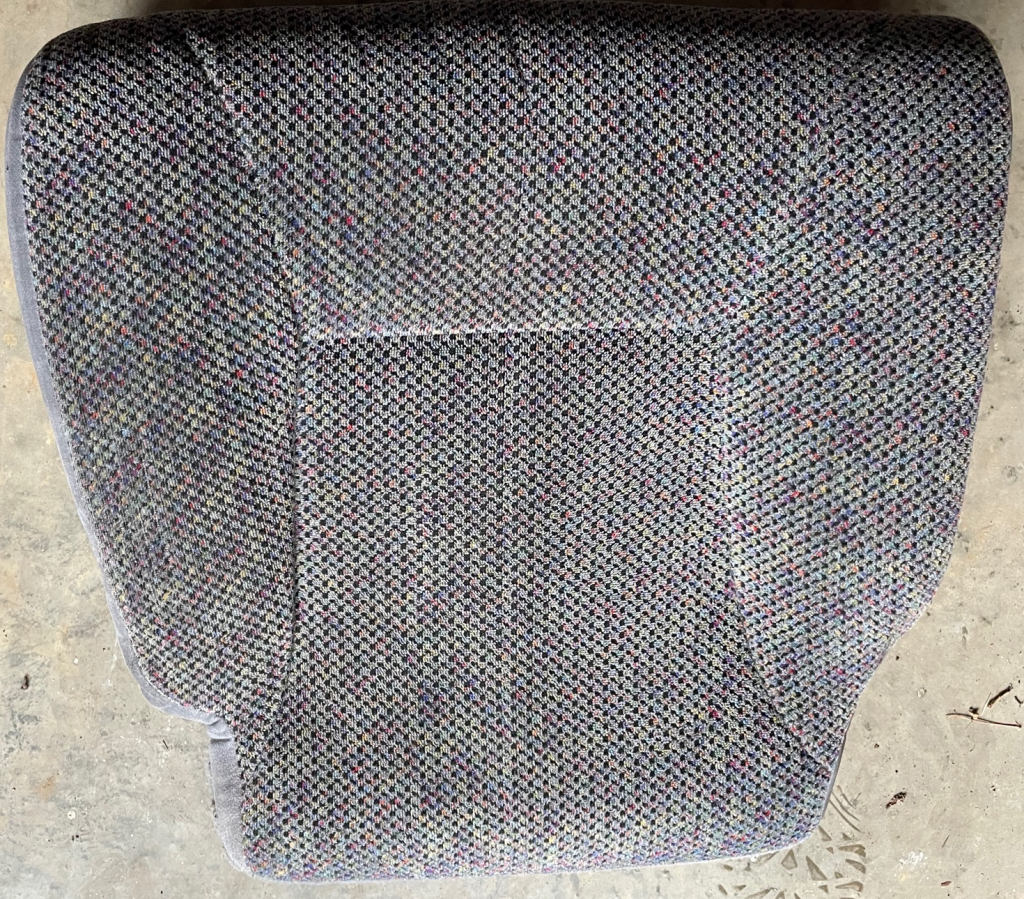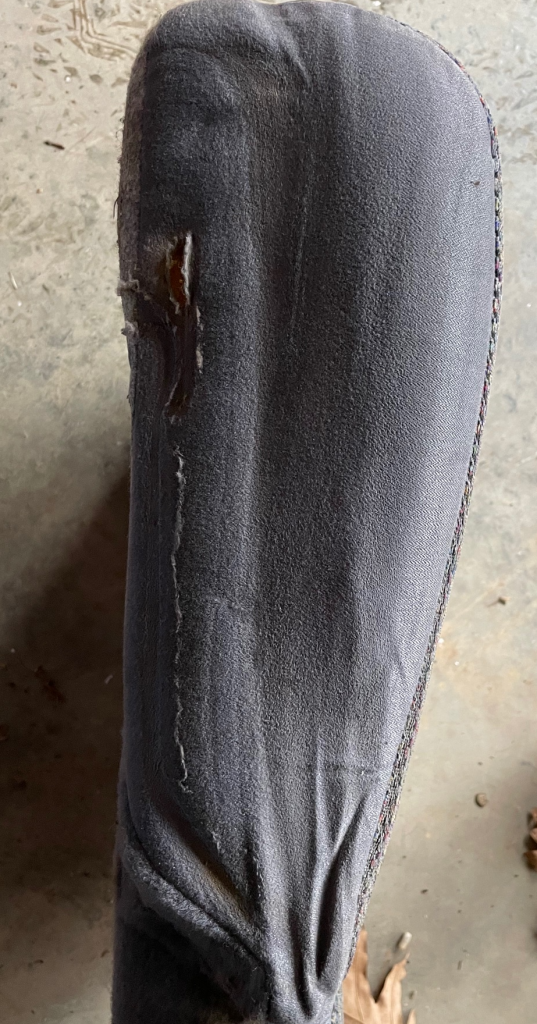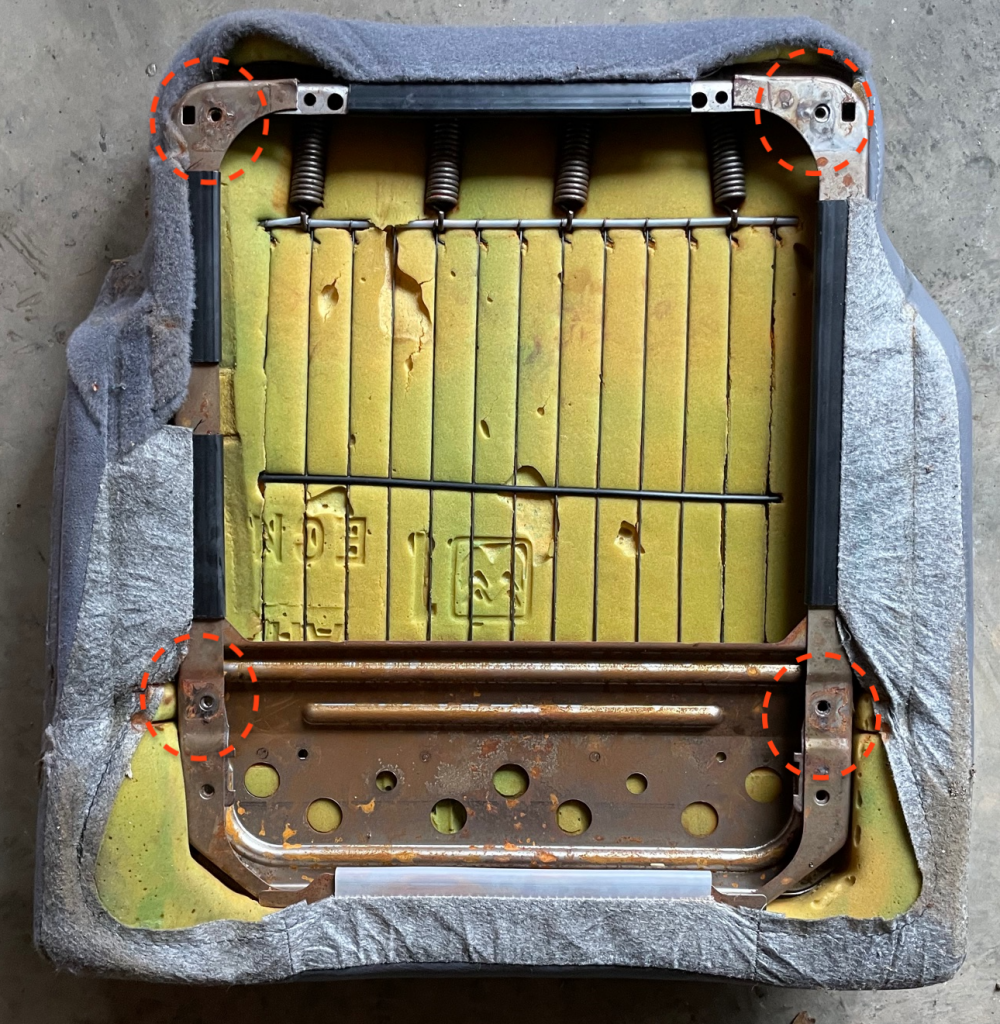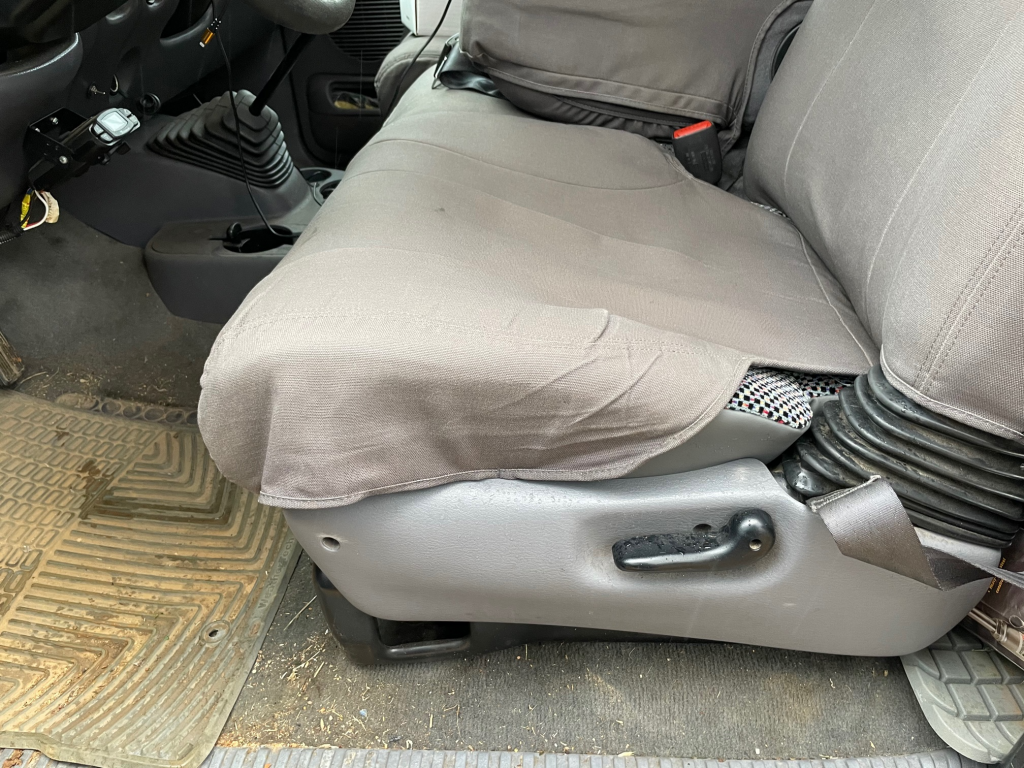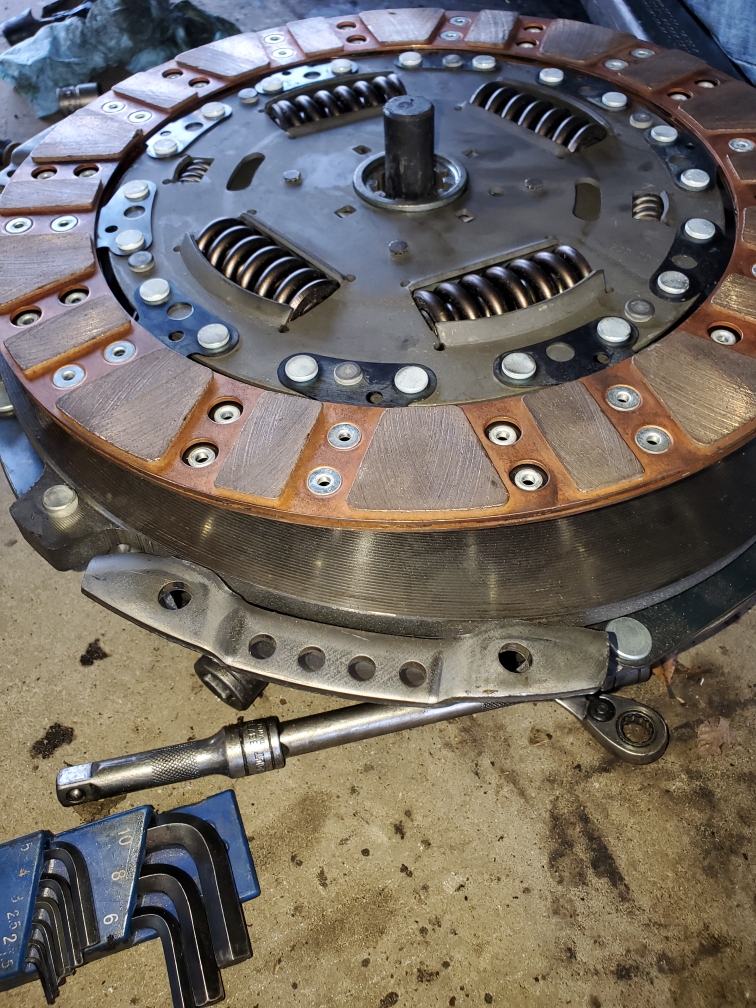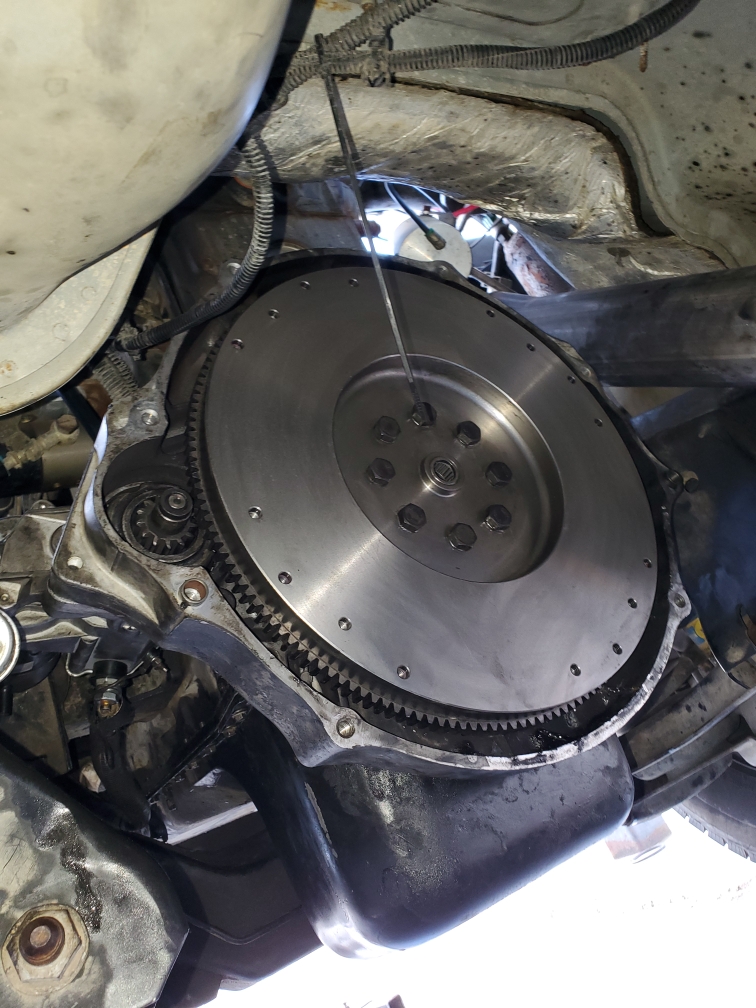As you are rumbling down the road in your 1998.5 to 2001 second generation 2500/3500 and have the sensation you are falling off the seat to the left? You are not alone! After 20+ years with a driver bouncing on them, the driver’s side seat foam simply wears out.
You are in luck, however. This is one of the easiest replacements on your truck! And, you DO NOT have to remove the driver’s side seat from the cab!
Replace the Seat or Install A New Cushion?
The first decision you will need to make is whether you want to conduct a wholesale replacement of the lower seat with a bolt-on ready Dorman 926-853 ($185) or you want to try and re-use your existing seat frame and cloth cover by simply replacing the foam cushion ($85). The cost between the two options is about $100 and both are available on Amazon.
The reason I opted to conduct an entire replacement is as follows:
- I lacked confidence that my 20 year old cloth cover would hold up after re-stretching over new foam.
- Two of the bolt holes on my original frame had stripped from a prior removal
- I estimated replacing the foam cushion was going to add 45-60 minutes to my weekend project.
What You Will Need
- Socket ratchet
- 10 mm socket
- A replacement Dorman 926-853 seat bottom or foam cushion
Removing and Replacing the Seat Cushion
The good news is that this job can be completed in about 30 minutes and you DO NOT have to remove the driver’s side seat.
There are 4 bolts that connect the frame of the cushion to the frame of the seat. There are two bolts in the front of the seat and two in the rear. Since the bolts are facing the floor of the truck, you will get the sensation that they are reverse threaded when you turn them. They are not. DO NOT over tighten and strip the bolts. Let’s start with the rear.
Pull the seat all the way forward toward the steering wheel and tilt the seat back forward. Use your hand to locate both 10 mm bolt heads. Use your ratchet to loosen them up and you can finish removing them by hand. After the rears are removed, push the seat all the way back and do the same for the front bolts. The front bolts can be located at the end of the seat adjustment arm. Follow it with your hand to locate them or look up under the seat and you will see them. (See the gallery photo below for the bolt hole locations.)
Once the bolts are removed, pull the seat cushion forward and remove it.
Install New Seat Cushion
When you go to re-install the new seat cushion, reality will set in that the new foam makes for a much snugger fit and you can’t see the frame holes to line up the cushion frame to the seat frame. Don’t stress, it is actually fairly easy.
Start with the front bolts by pushing the bolt through the seat cushion frame. Wiggle the seat cushion back and forth until you can feel the bolt enter the seat frame. Get both bolts started enough to withstand a little wiggling while you do the same process on the rear bolts. Still, don’t tighten them as you’ll need the wiggle room to get the rear bolts started.
You are going to use the same process for the rear bolts. However, on the rear bolts, you might need to lift the cushion off the seat frame by as much as 1/2 an inch. If you don’t, the bolts will likely be at an angle and you don’t want to start metal bolts at an angle. Once you have these started, straight, and tightened a few turns you can return to the front.
Tighten the front bolts just shy of snug. Repeat the same with the rear bolts. If everything feels good, snug them up but be careful not to over tighten as they can and will strip.
Readjust Your Seat and Steering
With new foam, you are going to be sitting higher. It will feel a little weird. Use your seat adjustment to get the seat right. Then, you’ll likely want to adjust the tilt on your steering wheel to adjust to your higher knee position.
Most importantly, enjoy your new seat cushion. Not only will you be more comfortable but your lower back will thank you!
